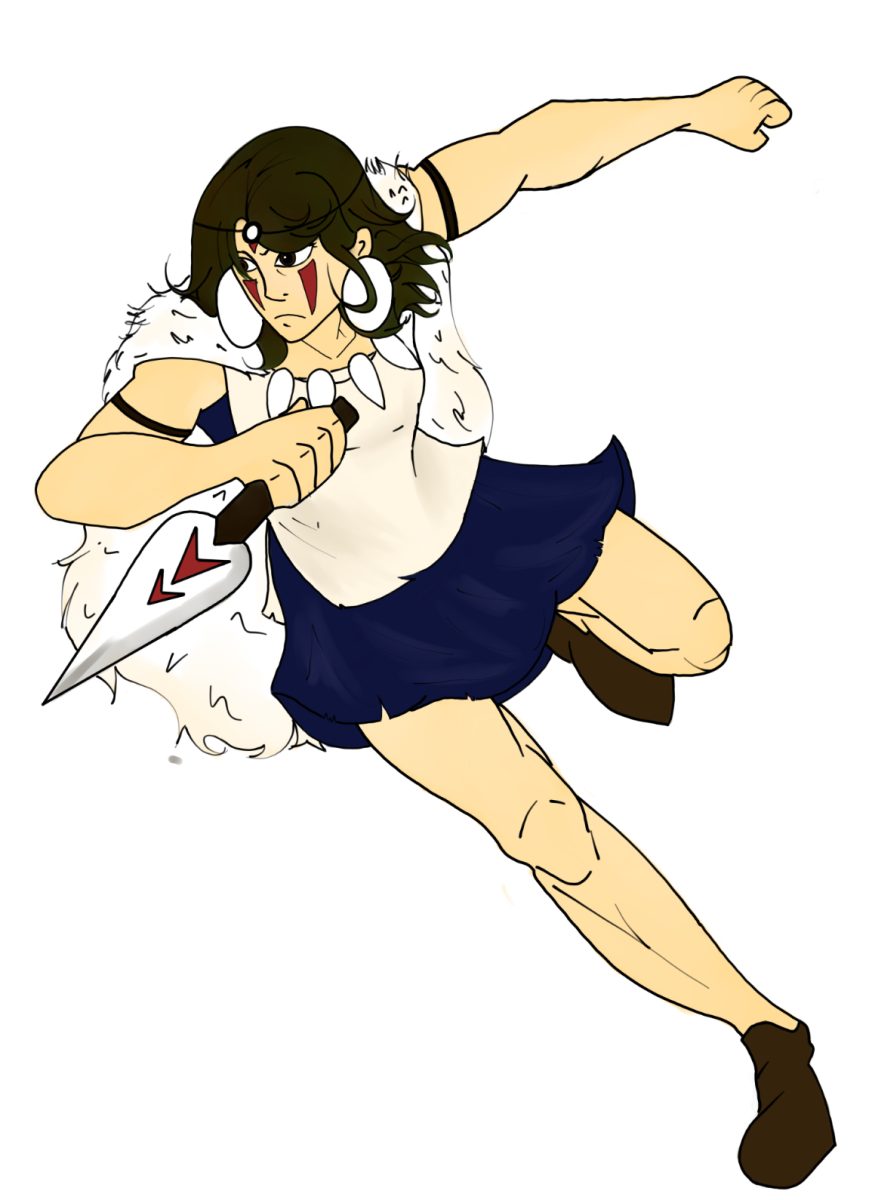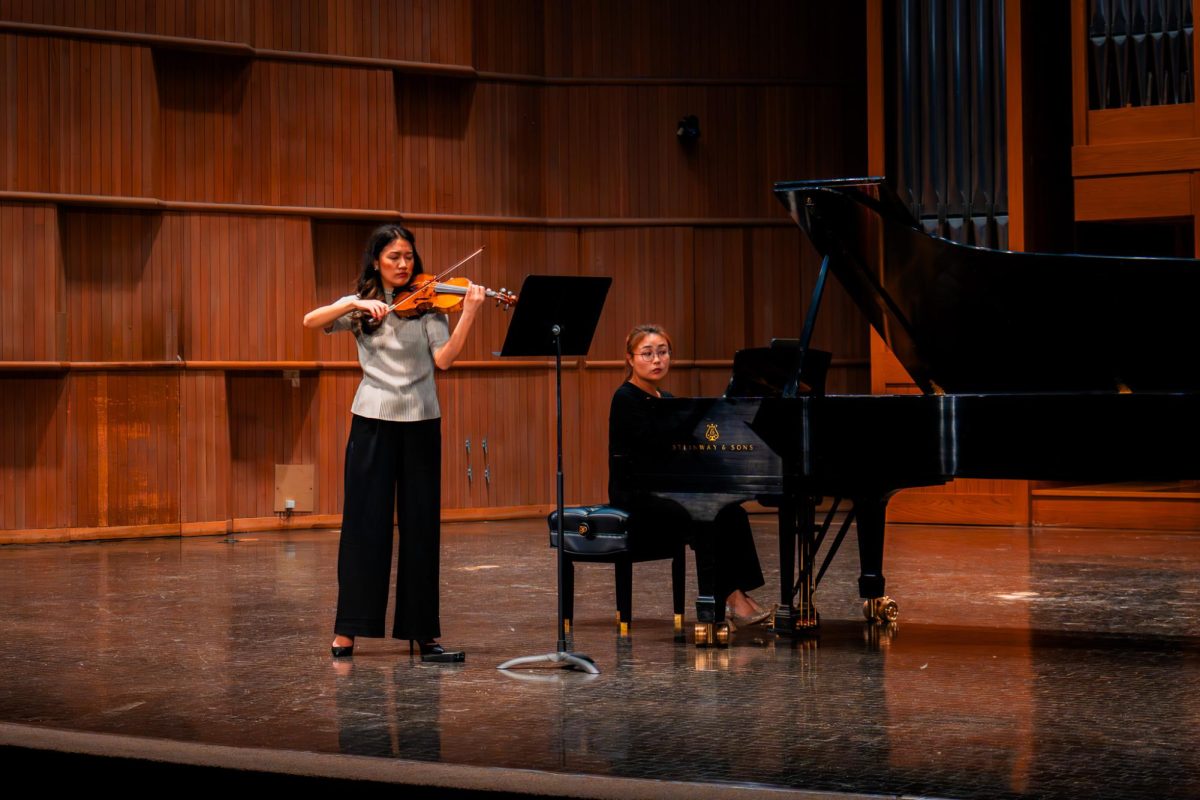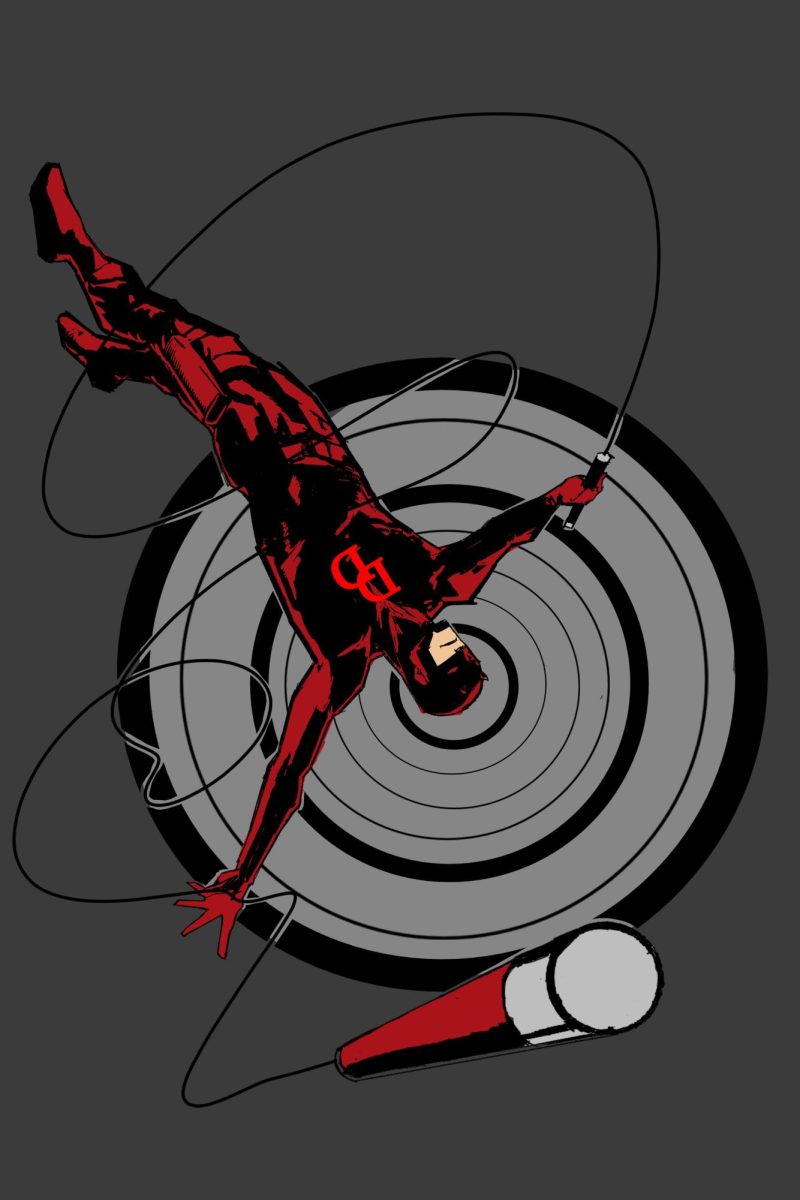
Hayao Miyazaki has always been a force to be reckoned with in the creative field of animation. He is well-known for spending nearly thirty years trying to retire from his art, but like any true artist, he always has something new to say.
Despite his wave of masterpieces, like “Spirited Away,” “Kiki’s Delivery Service” or even his more recent works like “Boy and the Heron,” “Princess Mononoke” might just outrank them all.
To celebrate the 40th anniversary of Ghibli’s American distributor GKIDS, Mononoke is returning to the big screen for a limited time via IMAX auditoriums.
Audiences will not only be allowed to see the new 4K restoration of the film, but the rerelease will also allow for audiences old and new to experience the beautiful hand-drawn cells. In one move, the rerelease puts the Ghibli AI art trend to shame, while proving how timeless Miyazaki’s views on man and the environment can be nearly 28 years later.
“Princess Mononoke” follows the journey of Ashitaka as he travels across mountains and forests to try and heal a curse eating away at him. Simultaneously, he tries creating peace in the conflict between a village and their wars with man and nature. As part of that would suggest, this film deals heavily with themes of industrialization and deforestation, but it arguably does it better than any other film before or after it.
Most films discussing environmentalism usually villainize humans for taking down forests and make the main antagonists to be sadistic, greedy scrooges. Miyazaki, on the other hand, flexes his strengths as a writer by bringing humanity and sympathy to all of the characters in his stories — whether they be heroic or villainous.
Lady Eboshi takes the role of the antagonist in this film. While she certainly has her faults in a lust for conquering and controlling the god and beasts that surround her, she manages to be incredibly fleshed out. Eboshi, in her efforts for expansion, manages to help the villagers she comes across. She teaches the local women how to fend for their village and gives a role for the injured and scarred members of the village to help others in their state.
The film does not address the conflict between hero and villain. Instead, it deals with the dilemma that constantly arises between man and nature and how both may bring harm to each other for their own growth and survival. Ultimately, the story lingers with most audience members after the credits have rolled because it is open-ended enough to have some wondering about the mysticism of the forest and Mononoke herself, while being clear about how people nevertheless need to see with eyes that are not blinded by greed or hate.
Miyazaki’s writing in this film provides women with dignity and respect. Most anime suffer from an over-sexualization of female characters. However, the women in Mononoke are modest, admirable and strong. Even Ashitaka at a point in the film praises the women of Irontown for how hard they work to maintain the town and their courageousness to defend it on their own while their husbands go out with Eboshi to war. It ends up inspiring how Miyazaki can make his film feel more potent through its deep themes and showcasing the women’s strength.
To call Studio Ghibli’s animation stunning is beyond redundant. “Princess Mononoke” delivers rich colors and bizarre imagery that attracts the viewer’s attention like a magnet and stays in their minds long after the film’s conclusion.
Through meticulous craftsmanship, the animation is able to convey an epic scale of biblical proportions in the visuals, while also conveying the brutal consequences of an intoxicating hate that can consume down to the bone. Beyond that, the film encourages the audience to better understand and admire this world’s brutishness and magnificence through its fantastical creatures and ecosystems that very much reflect those that have and still exist.
Any Miyazaki film is worth watching, but “Princess Mononoke” stands out as one that feels right to understand the human soul, and how nature has, and always will, share in that same soul. It is a rare work that can be enjoyed by children, appreciated by adults and can inspire everyone. It is certainly worth watching and worth remembering.









